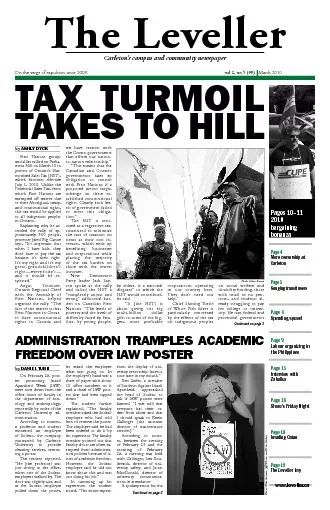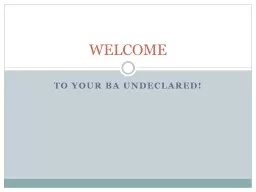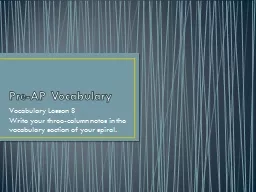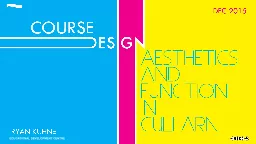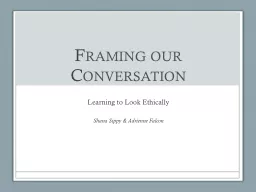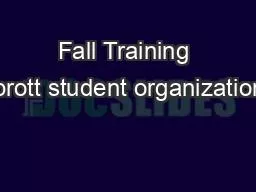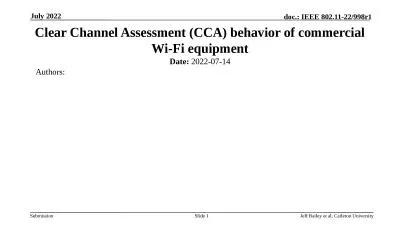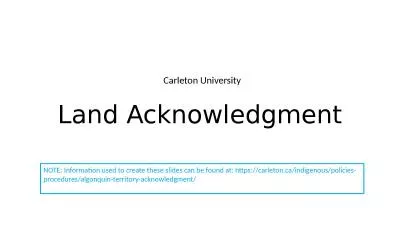PDF-The LevellerOn the verge of expulsion since 2009.Carleton’s campu
Author : alexa-scheidler | Published Date : 2015-11-18
Interview with Shore146s Friday NightLeveller levy TION TRDEMIC FREEDOM OVER AW POSTERX TURMOIL KES TO HILL by On February 26 posters promoting Israeli Apartheid
Presentation Embed Code
Download Presentation
Download Presentation The PPT/PDF document "The LevellerOn the verge of expulsion si..." is the property of its rightful owner. Permission is granted to download and print the materials on this website for personal, non-commercial use only, and to display it on your personal computer provided you do not modify the materials and that you retain all copyright notices contained in the materials. By downloading content from our website, you accept the terms of this agreement.
The LevellerOn the verge of expulsion since 2009.Carleton’s campu: Transcript
Download Rules Of Document
"The LevellerOn the verge of expulsion since 2009.Carleton’s campu"The content belongs to its owner. You may download and print it for personal use, without modification, and keep all copyright notices. By downloading, you agree to these terms.
Related Documents

